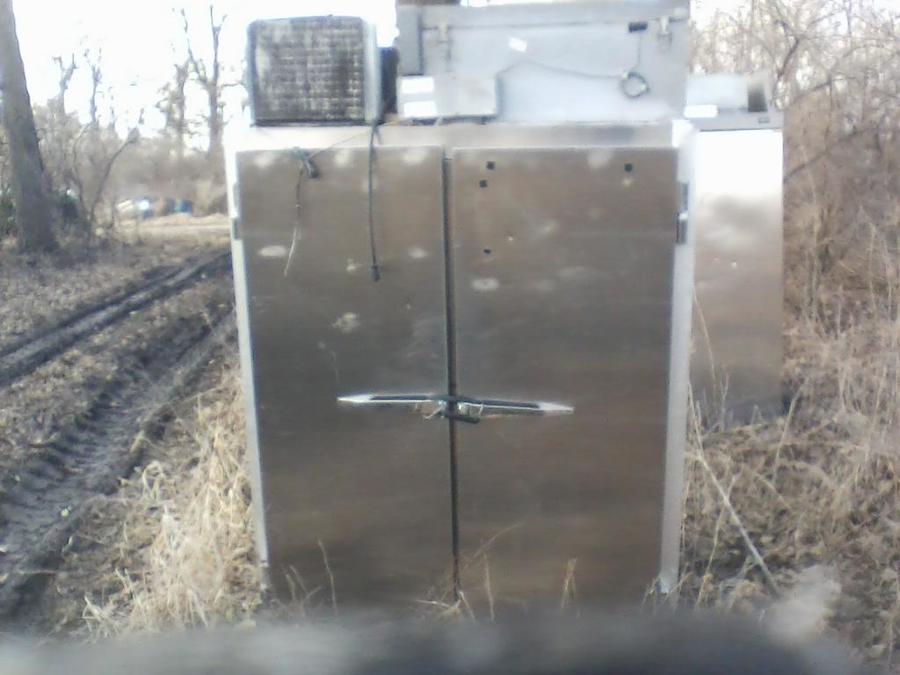A 220v element is a 220v element, and will output the rated wattage. It does not burn hotter. A 220v element run on 110v power will only output 1/4 the original 220v wattage though. And never use a 110v element on 220v power, as you will smoke it.
Yes there are quite a few builds that use salvaged oven elements with a PID. The PID and SSR are merely the switch that controls power to the element. You could accomplish the same thing by hand switching a switch to a element. The computer is just much more efficient, but in essence that is what it does (and it learns the patterns and anticipates when heat is needed just before it actually is).





